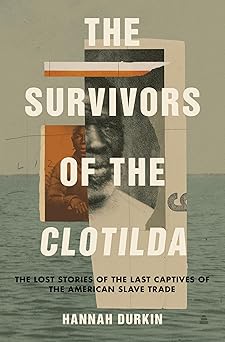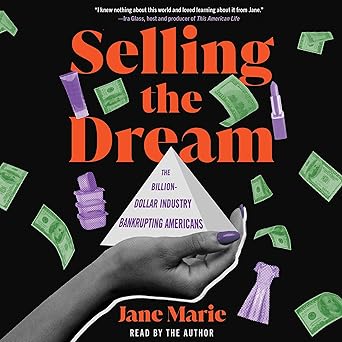
The story of the Clotilda is one that is deeply ingrained in the history of America, yet it is also a tale that is often overlooked. Imagine being taken from your home, from your family, from your community, and being taken to a place where you are treated as property, not as a human being. This was the reality for the 110 people who were forcibly brought to America on the Clotilda, the last slave ship to land on US soil.
The Clotilda's arrival in Mobile Bay, Alabama, in July 1860, was a pivotal moment in American history. The ship had set sail from Nigeria, where the captives were taken from their homes, and had traveled across the Atlantic, enduring unimaginable hardships along the way. The 45-day journey across the Middle Passage was a nightmare, with people dying by the dozens, and the survivors facing unimaginable suffering. Once they arrived in America, the captives were sold into slavery, with only a few of them being sold to a single buyer, who went on to found an all-Black African Town in Northern Mobile. This town, which would later inspire writers of the Harlem Renaissance, including Zora Neale Hurston, became a beacon of hope and community for the survivors of the Clotilda. For many years, this community was known as Africatown, and it remains an important part of African American history and culture.
Over time, the survivors of the Clotilda went on to lead remarkable lives, contributing to the Civil Rights movement in Selma, and creating a thriving quilting community in Gee's Bend. Despite the trauma that they experienced, they turned their lives into works of art, creating a cultural legacy that continues to inspire and uplift us today. Dr. Hannah Durkin's work, The Survivors of the Clotilda, is a testament to the enduring power of the human spirit, and a powerful reminder of the importance of remembering and honoring our collective past.
I recently had the privilege of reading a book that left me in awe of the human spirit and a deeper understanding of American history. The story of a group of 110 people who were forcibly brought to America on a ship called the Clotilda is a harrowing tale of trauma, survival, and resilience. I couldn't help but think of my own grandmother who immigrated to America from a small village in Italy, and the struggles she faced when she first arrived. Her story is just one example of how the immigrant experience can shape a person's life and worldview.
The author's meticulous research and dedication to telling the story of the Clotilda's survivors are truly inspiring. The book is a tribute to the enduring power of the human spirit, and a powerful reminder of the importance of remembering and honoring our collective past. I was particularly struck by the story of the Clotilda's arrival in Mobile Bay, Alabama, and the impact it had on the community. The fact that the survivors were sold into slavery, but also went on to found an all-Black African Town in Northern Mobile, is a testament to the strength and determination of these individuals. It's a story that I will carry with me for a long time, and one that I hope will inspire others to learn more about this often-overlooked chapter in American history.
The legacy of the Clotilda's survivors lives on today, not just through their stories, but also through the art and culture they created. The quilting community in Gee's Bend, for example, is a testament to the power of community and creativity in the face of adversity. As I finished reading this book, I felt a sense of awe and gratitude for the human spirit's ability to overcome even the most daunting challenges. The Survivors of the Clotilda is a book that I highly recommend to anyone looking to learn more about American history, and the incredible people who have shaped it.
Rating: 4.0 / 5.0
I recently read a book that left me in awe of the human spirit and a deeper understanding of American history. The story of a group of 110 people who were forcibly brought to America on a ship called the Clotilda is a harrowing tale of trauma, survival, and resilience. The author's meticulous research and dedication to telling the story of the Clotilda's survivors are truly inspiring. I was particularly struck by the story of the ship's arrival in Mobile Bay, Alabama, and the impact it had on the community. The survivors were sold into slavery, but they also went on to create a thriving community that became a beacon of hope. The legacy of the Clotilda's survivors lives on today, not just through their stories, but also through the art and culture they created. I would give this book 4 out of 5 stars, as it is a powerful reminder of the importance of remembering and honoring our collective past.



